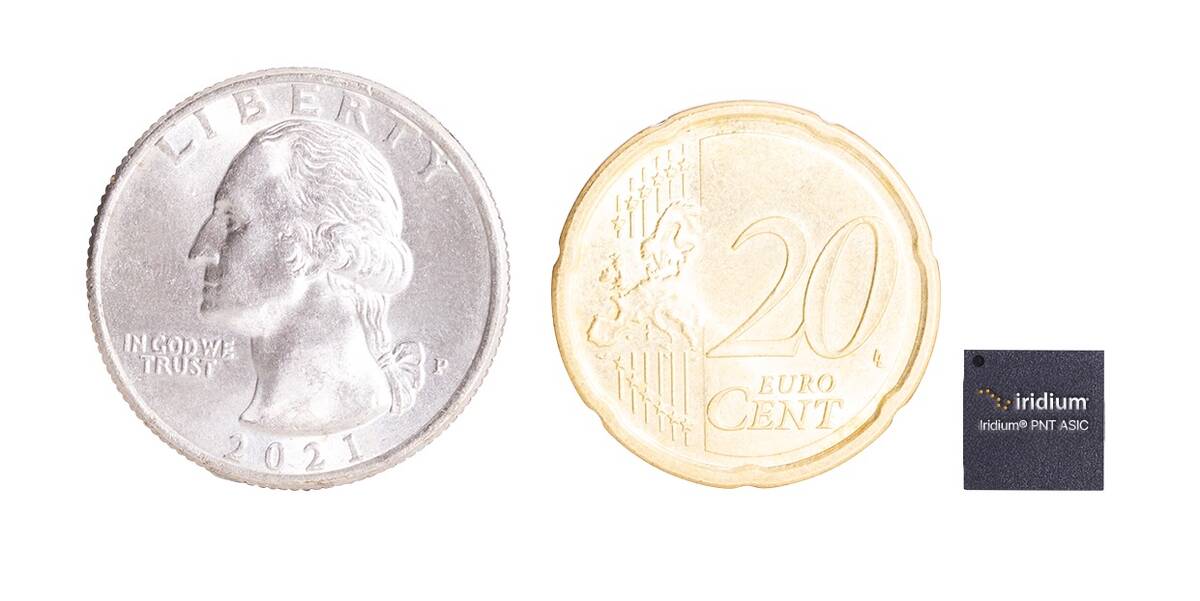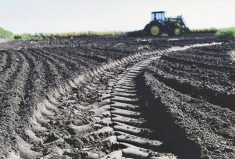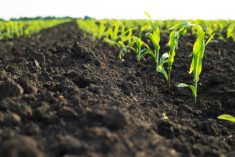Soil health is a catch-phrase that has dominated the agri-food landscape for at least five years, but what does it mean?
The term has been adopted, re-imagined and co-opted by countless individuals, organizations and groups, to support everything from organics to cover crops, reduced till or no till, carbon sequestration, sustainability and regenerative agriculture.
Adding to the complexity is the federal government’s desire to reduce nitrous oxide emissions, which assumes that will correspond with a reduction in nitrogen-based fertilizers.
Read Also

New Iridium technology helps block GPS spoofing
A tiny new chip will allow Iridium’s Positioning, Navigation and Timing (PNT) signals to be received much smaller devices, create a backstop against Global Positioning Systems (GPS) spoofing.
In the midst of this exercise is the producer, trying to do what’s best amid the mixed messages.
Why it matters: There are mixed messages about soil health but one Ontario company says it’s simply about balancing fertility to make plants healthier.
Wayne Black maintains this type of “greenwashing” places unfair pressure on producers and overlooks the fundamentals of sound soil health practices. The soil is the base on which better crop production rests.

Black, national sales manager with A&L Canada Laboratories, says attending to the basics of soil health (microbiome rhizosphere, nutrient solubility, cation exchange capacity, soil pH) and improving crop health will improve long-term sustainability.
Planning for better soil health requires recognition of the many moving parts of soil fertility and then doing what optimizes life beneath the soil surface.
That’s what A&L Canada Laboratories’ president Greg Patterson has said for years. It’s about feeding soil microbes and creating an optimal soil profile.
Yet there’s an important first step.
“Whenever I look at soil health, I look at that as an opportunity to give control back to the producer and the agronomist,” says Black. “If you do a soil health test, you’ll have a tool that you can use to get healthier soil, which in turn yields better crops because of all the stuff that goes along with it.”
He notes the current list of practices geared to improve or enhance soil health does not contain silver bullet solutions: tillage practices, cover crops and garnering carbon credits do little on their own to add organic matter or amend environmental conditions.
It starts with a soil test to determine what’s there and what’s needed to feed the crop being seeded. That’s where producers and agronomists need to focus on soil interactions below the surface.
“Some farmers are starting to think, ‘maybe I should be soil sampling’,” Black says, noting more growers test soil more frequently but are still unsure of what to do with the results.
“If we give the farmer the tool of the soil health report, along with an understanding of what they need to do to improve soil health, they’re going to improve crop yields and profitability and reduce the risk in a dry year or a wet year.”
On one hand, it becomes a risk management tool, but enhancing soil health and balancing nutrient demands in the crop means a better chance to meet government mandates on fertilizer emissions.
The fundamentals of soil tests and soil health are nothing new but Black proposes a standardized message that is delivered without inducements that benefit only certain producers or certain practices.

Better soil health leads to better crops. For grain farmers, it means a field of corn or soybeans that’s better able to defend itself against insects, diseases or dry conditions. For livestock producers, it’s about better quality feed to enhance nutrition for animals.
“We want you to be a better grower because then you’re more profitable,” says Black, who insists profitability is not linked to buying specific seed brands or products.
“It’s all about balancing the fertility program to make the plant healthier. It’s a total package; it’s not just the soil health angle.
You need to look at multiple factors to help improve soil, your fertility, which doesn’t necessarily mean it has high organic matter or high phosphorus or potassium numbers. It’s about having a better balance within the soil. It’s interconnected and it’s a total package.”















